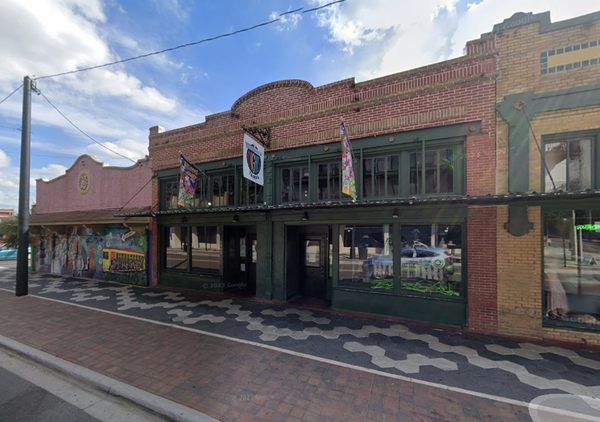
Why aluminium-bodied trains now?
Indian Railways proposes to shift its passenger and freight operations gradually to aluminium-bodied trains. A blueprint for its production and introduction was finalized even before the onset of the covid-19 pandemic. In fact, the Modern Coach Factory (MCF) at Rae Bareli signed a transfer of technology contract with South Korea’s Dawonsys for the design, development, manufacturing and testing of aluminium body passenger coaches in early 2020. The execution of the project was held back because of the pandemic and its fallout. These coaches will be rolled out now.
You might also like
What will trigger Ultratech stock?
Graphs reveal how Indians are splurging in festive season
This is how you lose tax benefits on health policies
What is the plan for their introduction?
At present, India’s high-speed trains, including the Rajdhanis and the Shatabdis, use Linke Hofmann Busch (LHB) coaches that are made of stainless steel. Only the interiors use aluminium, which makes them lighter as compared to conventional rakes. The Indian Railways plans to procure 400 new generation Vande Bharat train sets with better energy efficiency and passenger riding experience. The use of aluminium body coaches in these new generation trains will be considered. Moreover, freight trains will gradually shift to the new metal coaches to increase speed and higher loading.

Will aluminium trains reduce carbon footprint?
Aluminium trains consume less energy. Besides, the metal is recyclable. It is estimated that switching to aluminium will save 1,500 tonnes of carbon emissions a year. With the Railways planning to deploy over 100,000 wagons in the coming years, the potential annual CO2 reduction could be to the tune of over 2.5 million tonnes with a 15-20% shift to aluminium wagons.
What are the other advantages?
Aluminium body coaches, being lighter than stainless steel ones, are preferred for higher speed systems. Aluminium coaches are lighter by up to 30% compared to stainless steel coaches. They offer low haulage cost and higher payload, better fuel efficiency and lower pollution levels. Also, aluminium trains take less time to manufacture and thus can help speed up capacity for production. The new metal trains will help the Railways hike its share in overall freight transportation from the current 18%.
What about the cost of building them?
An all-aluminium passenger coach and wagon system would raise the cost of manufacturing rolling stocks by about 35% since the price of aluminium, globally, is far higher than that of steel. However, the advantages of the metal outscore its high price. It is estimated that as the metal is recyclable, the new coaches would have up to 80% resale value. The recyclability will also help in times of global volatility in metal prices. This is why aluminium trains command a lion’s share in the US, Europe and Japan.
Elsewhere in Mint
In Opinion, Vidya Mahambare & Praveen Kumar say the RBI needs a revised strategy. Does India really have a hunger problem? Ajit Ranade answers. Allison Schrager writes on harsh lessons in monetary lags. Long Story looks into the puzzle of Paytm's profitability.







